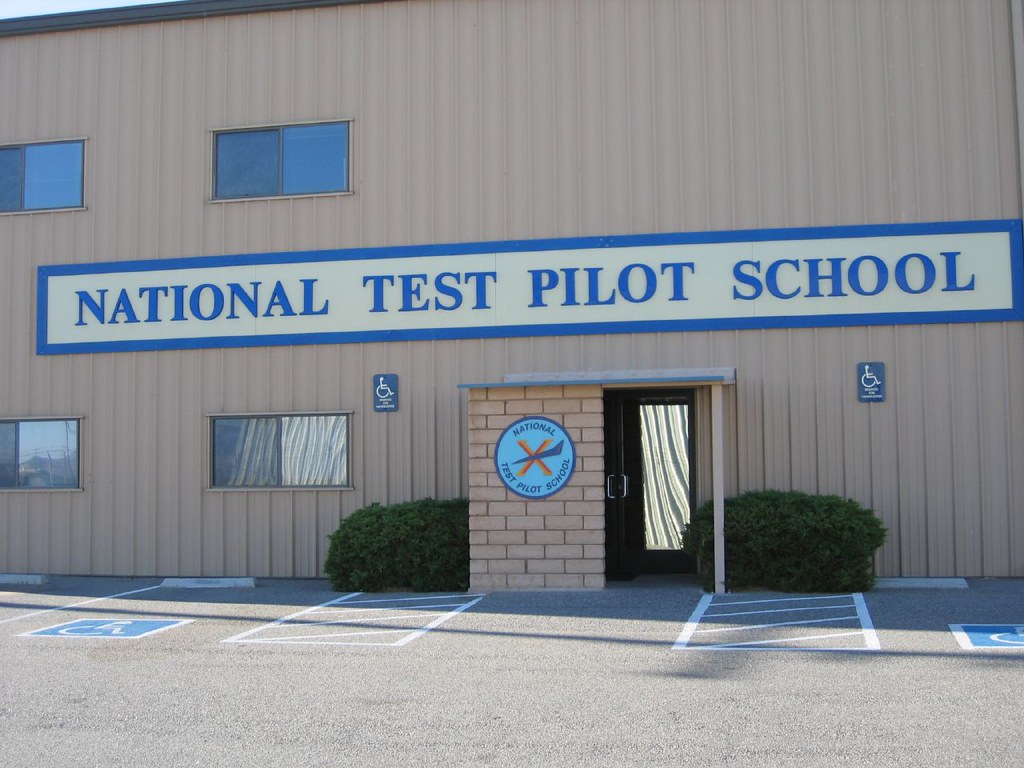Blog
Daedalus Aerospace
23 May 2022
Advanced aerospace products can be developed with greater efficiency and confidence. Professional flight test is a perspective and methodology that can be learned and practiced. By applying the fundamentals of model validation and the build-up approach, both established and start-up aerospace development teams can minimize recursive design delays and even avoid costly disasters. This article explores some of the tools used by test pilots and flight test engineers – the data collection methods known as flight test techniques.
Once a flight test program has identified requirements and metrics of interest, the next step is to define structured procedures for data collection. To be meaningful and useful, test data must be recorded with controlled and repeatable methodologies. These setups and maneuvers are referred to as flight test techniques, or FTTs.  FTTs are taught at all the recognized test pilot schools, but the concepts are also documented in many publications. FTTs include many common maneuvers for data capture, but are not a cookbook and must be tailored to the test vehicle and the program requirements of interest. For most programs, FTTs should be adapted from a first principles approach to collect data of interest. For civil certification programs, advisory circulars can be useful to define pre-approved test methodologies. There is a science to building flight test techniques, benefitting from peer-reviewed literature and large collections of best practices. The Society of Experimental Test Pilots (SETP) and Society of Flight Test Engineers (SFTE) publish many hundreds of documents containing flight test lessons learned. These societies and their publications are an invaluable reference for test professionals, with prolific resources for their members.
FTTs are taught at all the recognized test pilot schools, but the concepts are also documented in many publications. FTTs include many common maneuvers for data capture, but are not a cookbook and must be tailored to the test vehicle and the program requirements of interest. For most programs, FTTs should be adapted from a first principles approach to collect data of interest. For civil certification programs, advisory circulars can be useful to define pre-approved test methodologies. There is a science to building flight test techniques, benefitting from peer-reviewed literature and large collections of best practices. The Society of Experimental Test Pilots (SETP) and Society of Flight Test Engineers (SFTE) publish many hundreds of documents containing flight test lessons learned. These societies and their publications are an invaluable reference for test professionals, with prolific resources for their members.
Regardless of the program flavor – developmental, civil, military, space launch, or other – a layered approach is often used to capture the desired data. The first step is generally modeling and simulation, which is also the entry point for flight test using the model validation approach. Digital twins have great value – but flawed or inaccurate assumptions are difficult to identify within the simulation. The next step up in fidelity, and a common precursor to flight test, is the use of component bench test and “hardware in the loop”. By inserting or substituting prototype software or hardware into a known and proven system, the new component can be efficiently characterized. Build-up to flight test can sometimes be developed with ground tests, particularly prior to first flight but also with some structures and flight controls testing. It’s important to consider that with high speed ground tests, repeated exposure may be higher risk than going airborne, so cost/benefit should be carefully weighed. Flight test techniques can be a spectrum ranging from performance tests flown to precise tolerances, or airborne software and sensor testing requiring less hands-on skill but equally careful setup conditions. Finally, Integrated System Evaluations and Operational Evaluations are useful to identify emergent system behavior only observable during interactions of a system of systems. Test methodologies across the spectrum should be selected to acquire data consistent with the program budgets for risk, uncertainty, and cost.
Flight test is more than a job title or a diploma – flight test is a team sport that can be learned and developed. Every member of an aerospace development team benefits from learning to apply flight test perspectives and methods.
 The Bell X-1 Test Team
The Bell X-1 Test Team

The basic concepts of flight test engineering for efficient development of successful products in elevated risk environments. Learn the same strategies taught at every Test Pilot School for test planning, risk management, and team structure.
$79

The comprehensive course in professional Flight Test Risk Management. Teaches principles and processes meeting FAA and DoD standards, with essential concepts and skills for aerospace executives, flight test team members, and safety practitioners.
$399